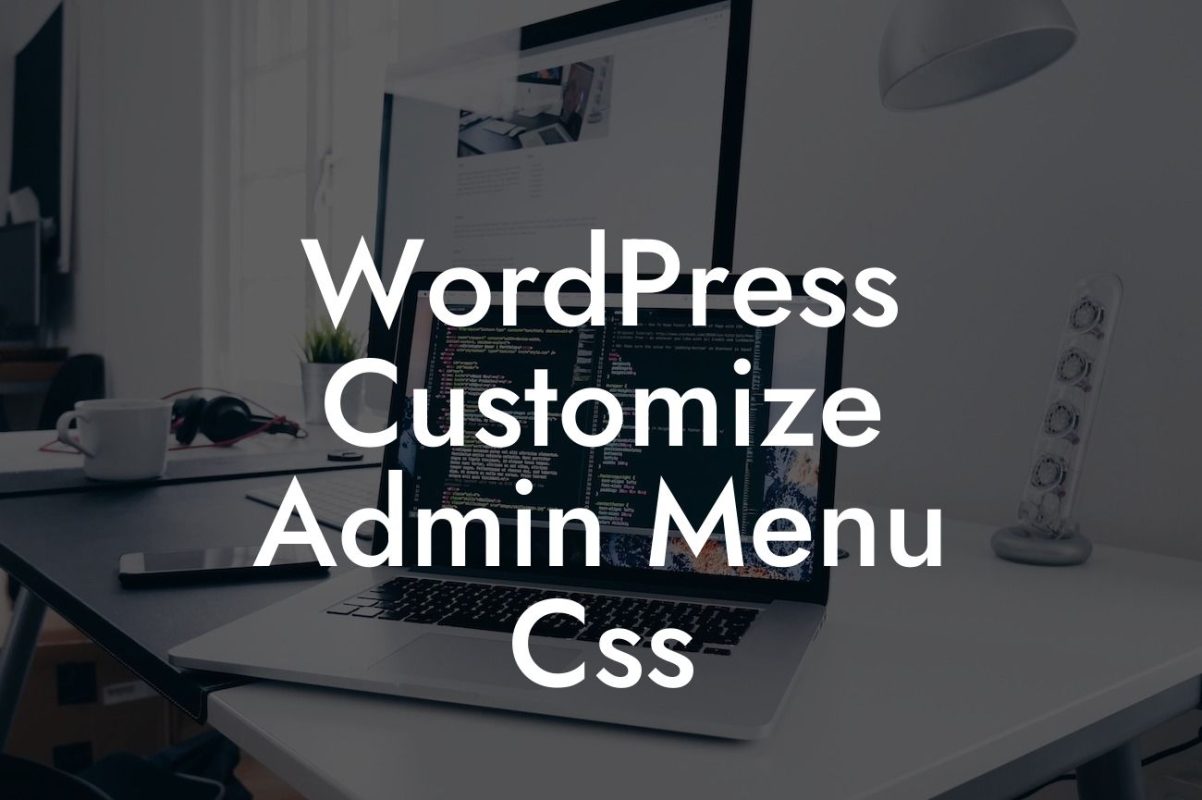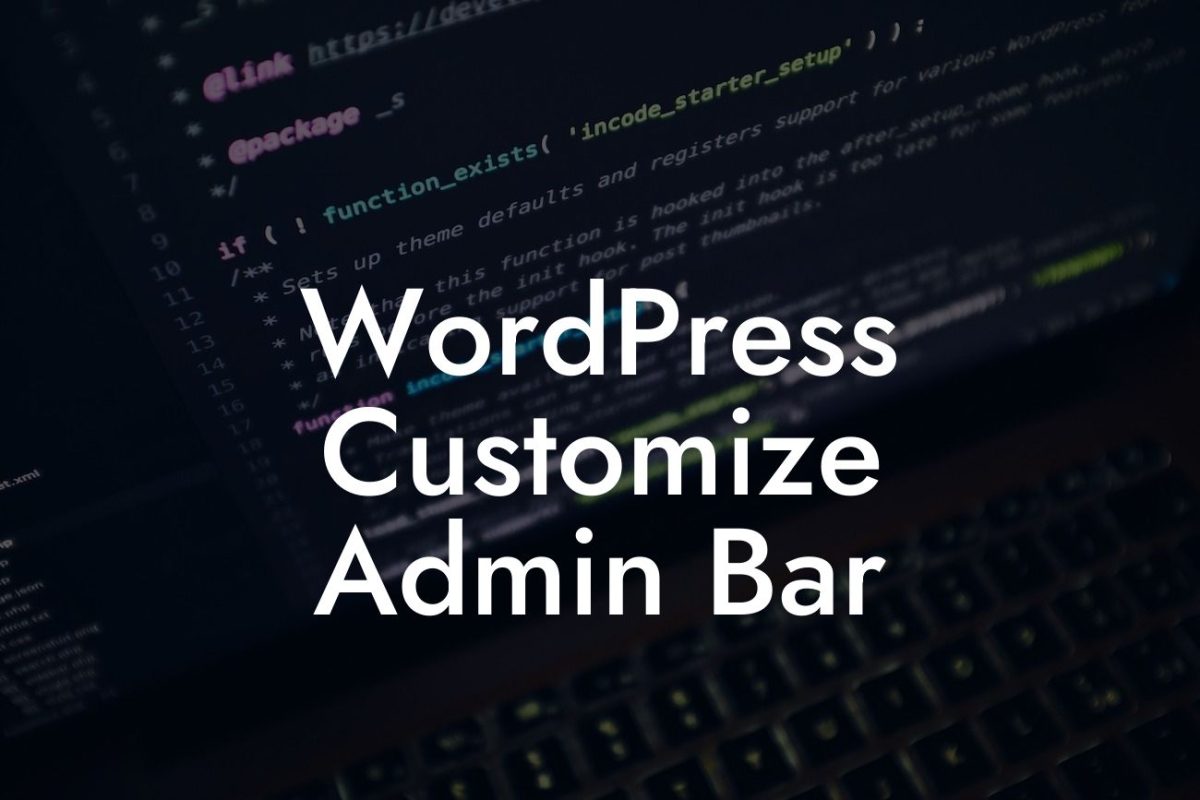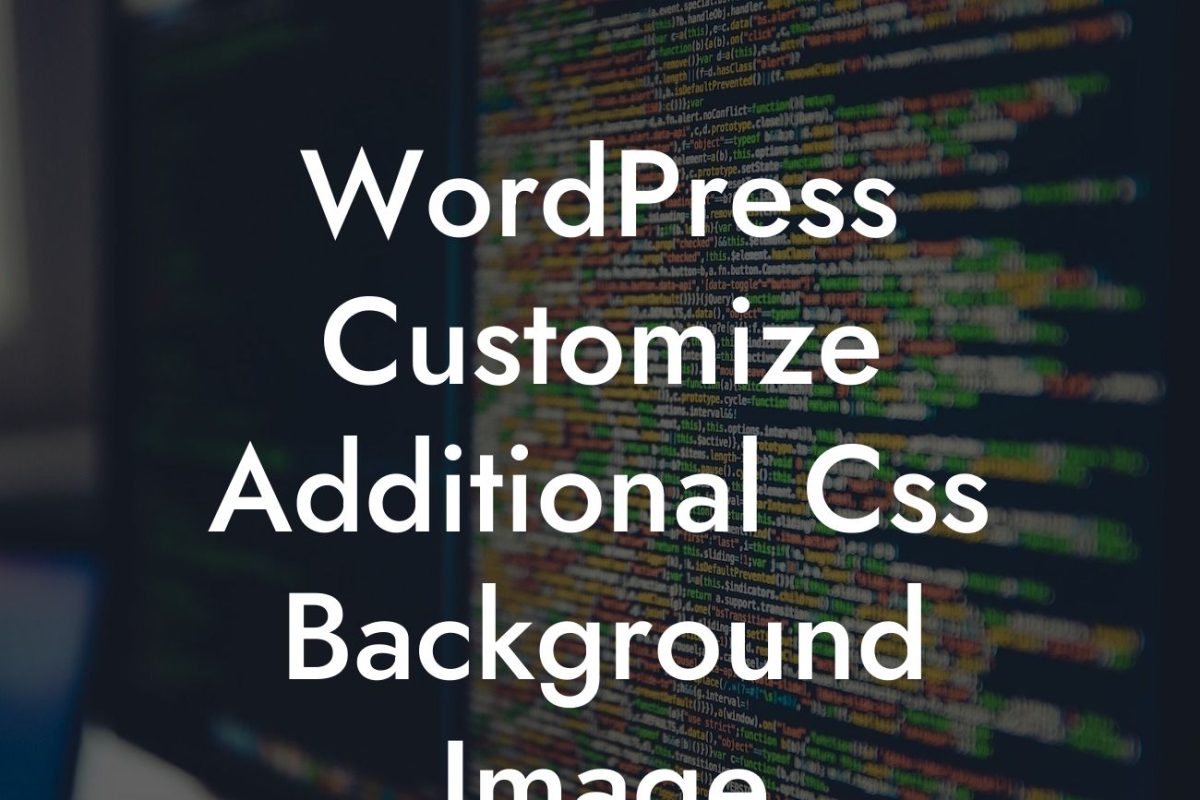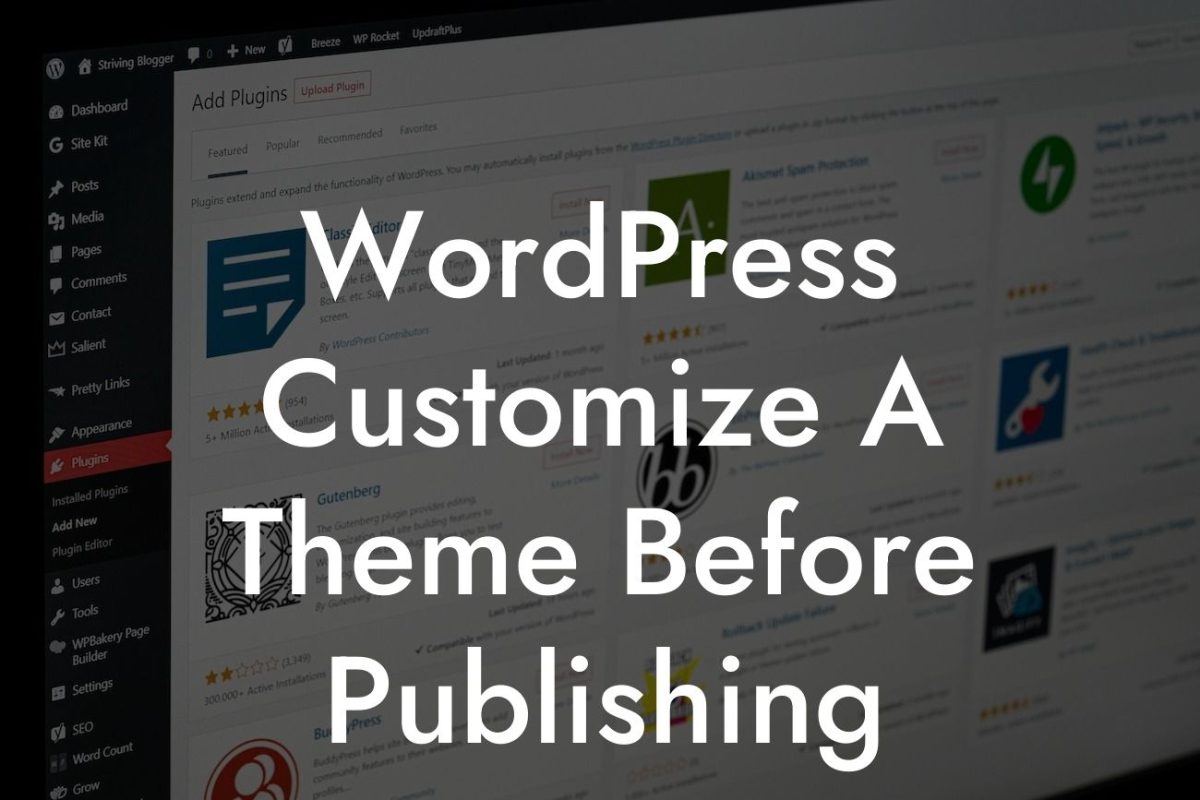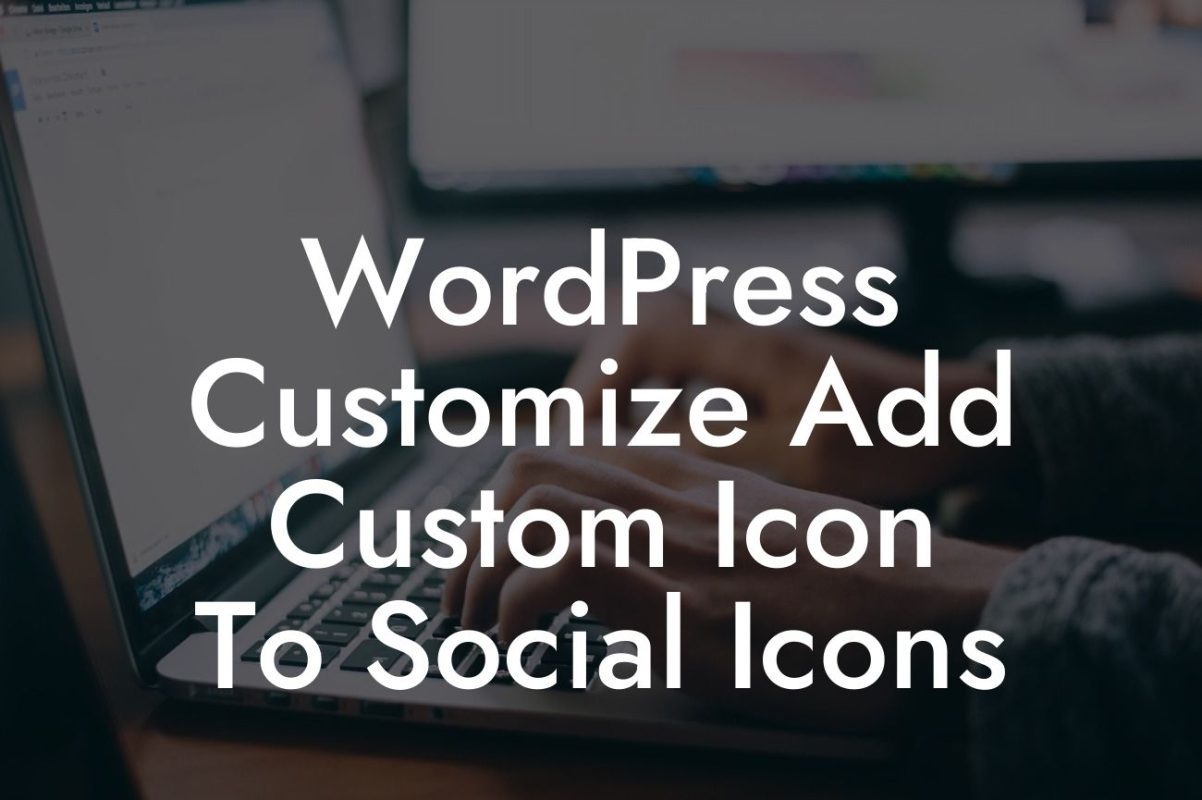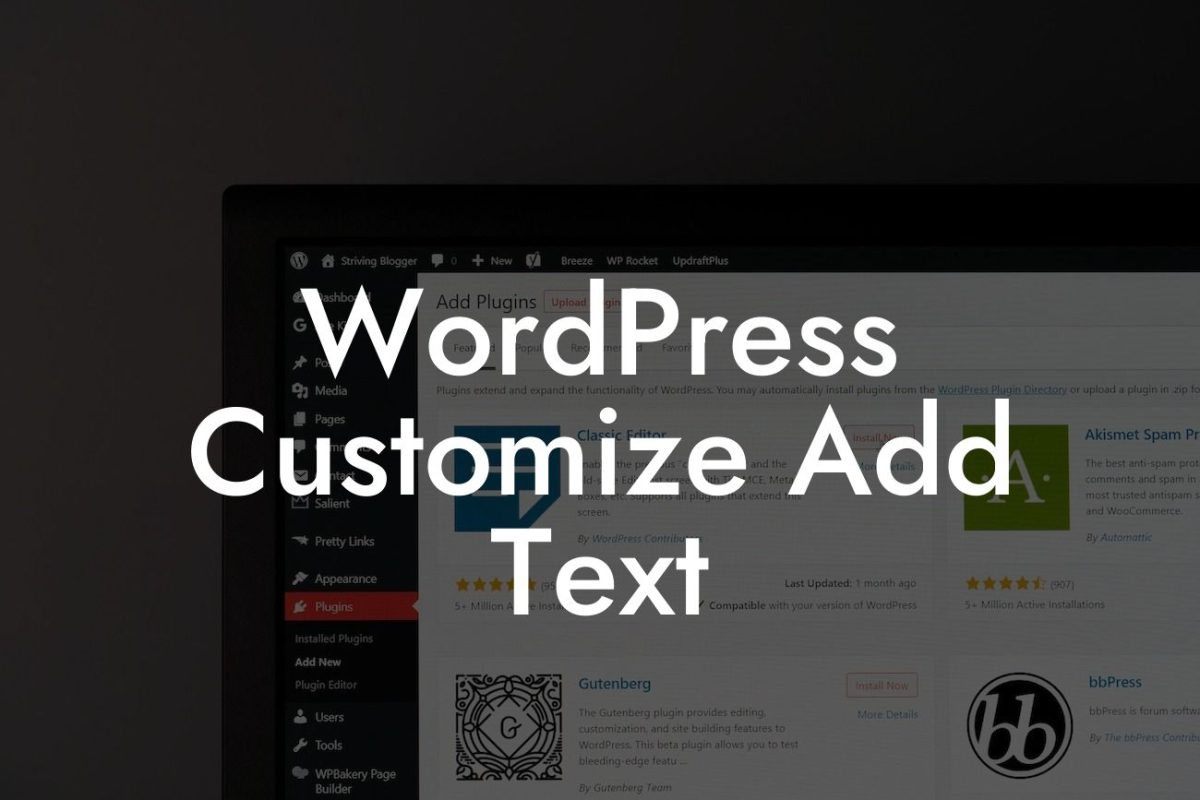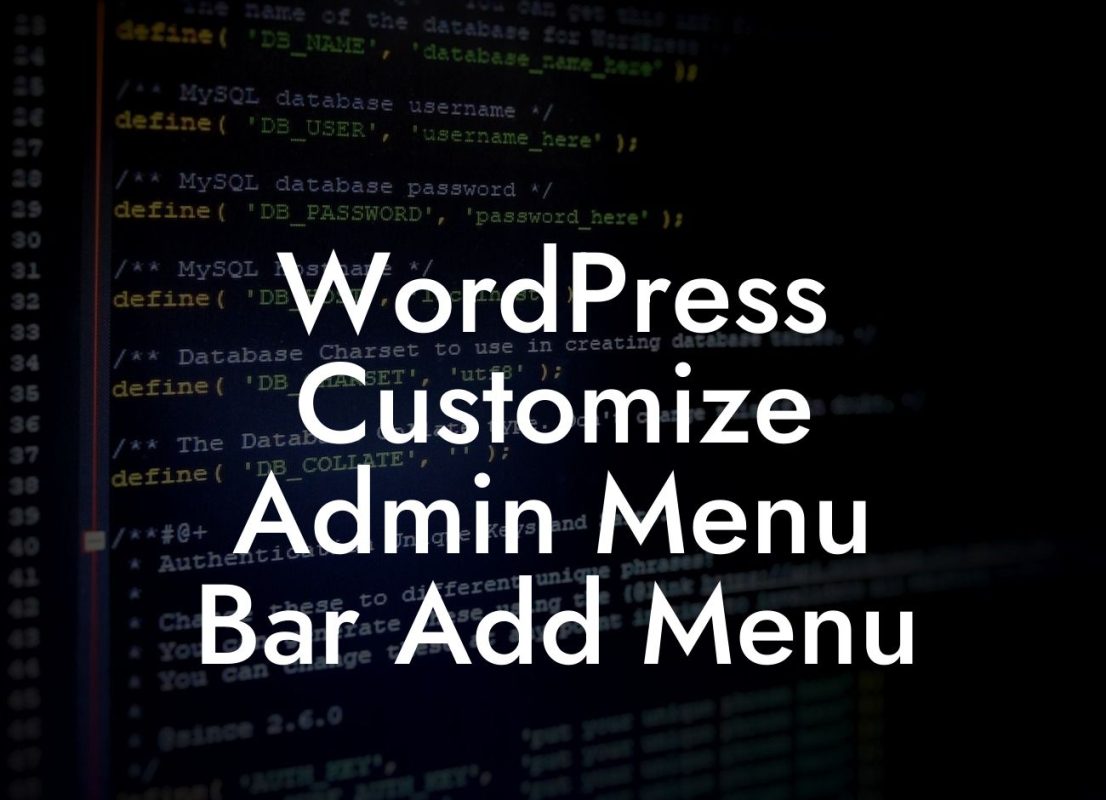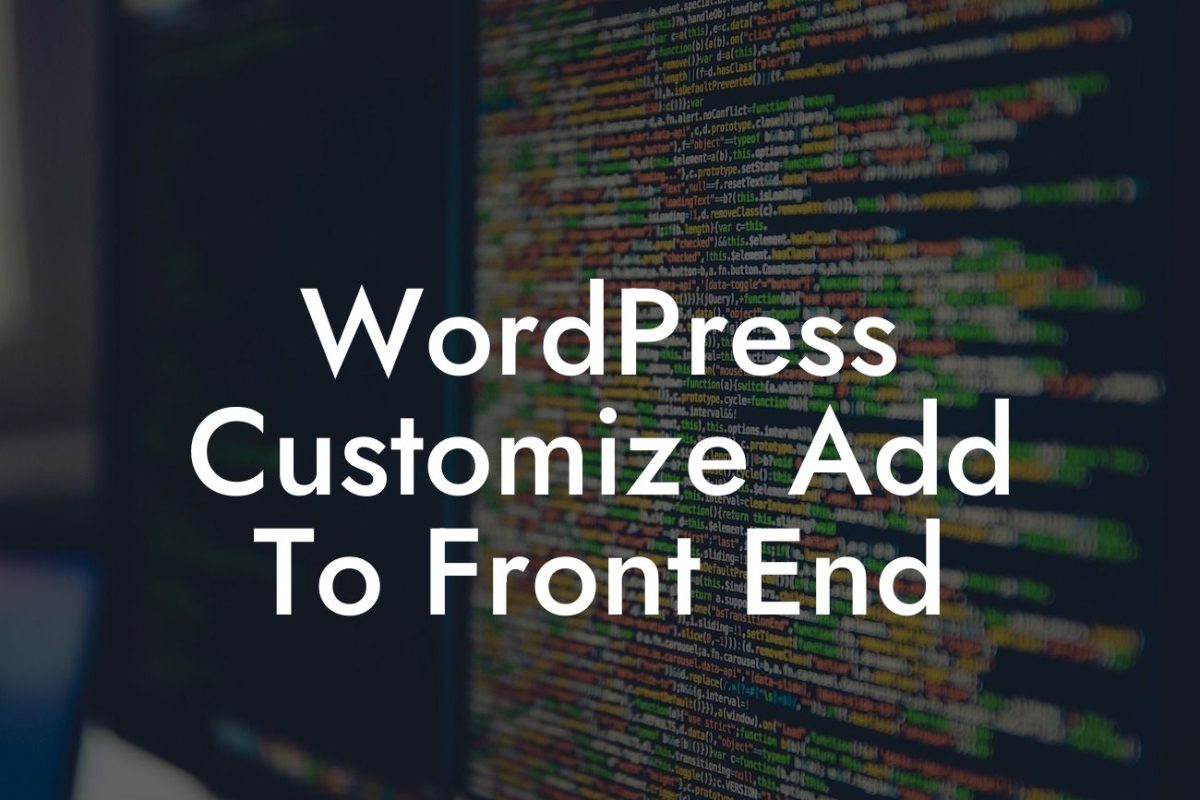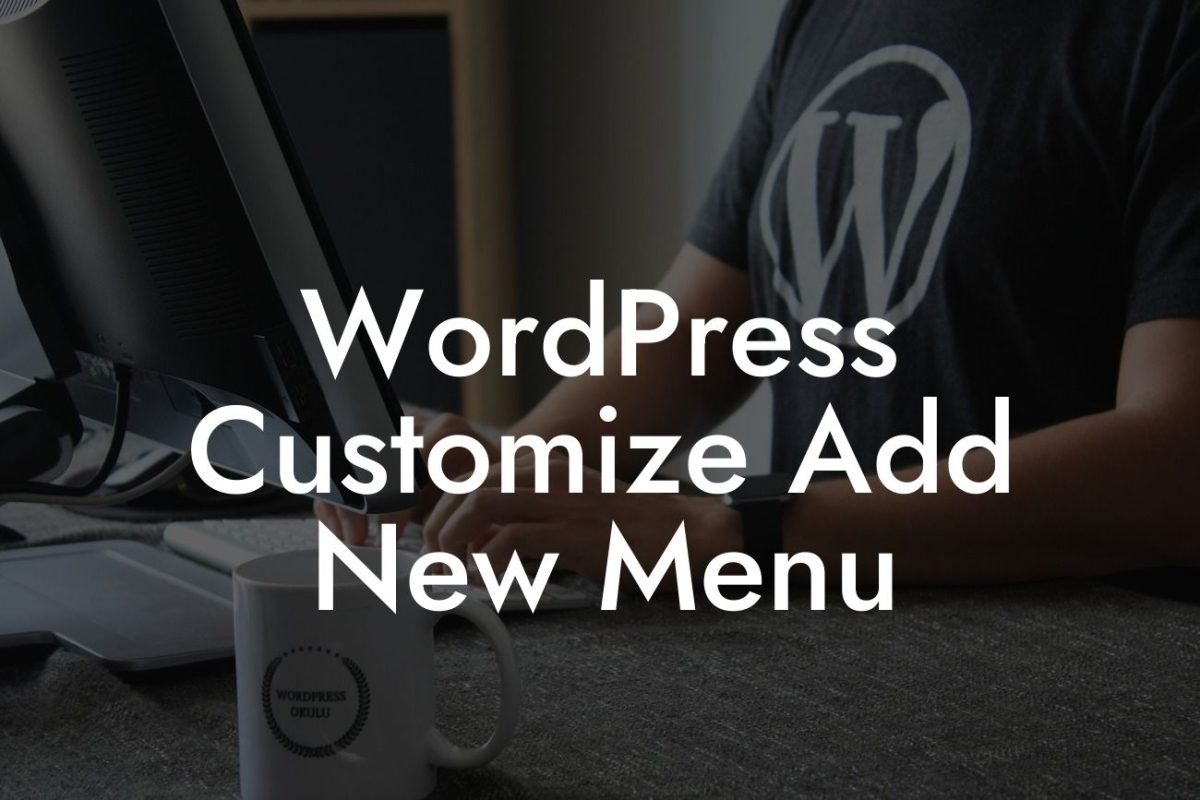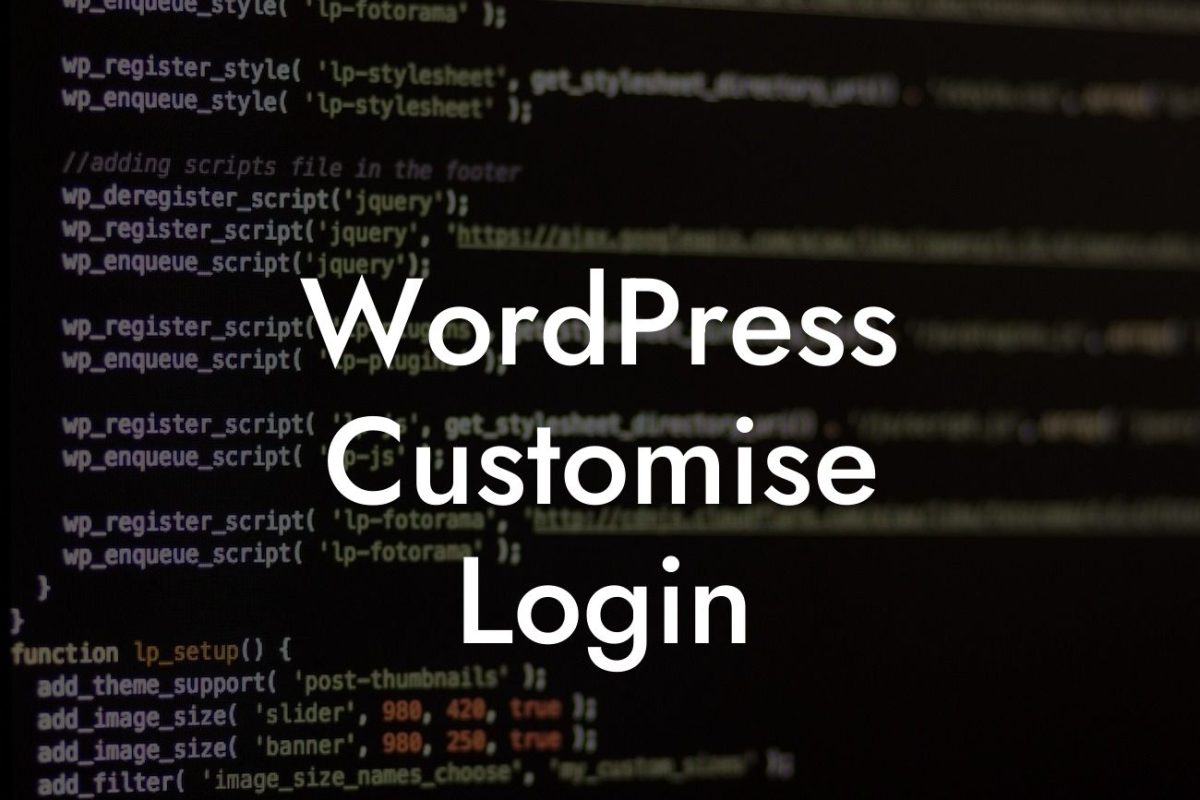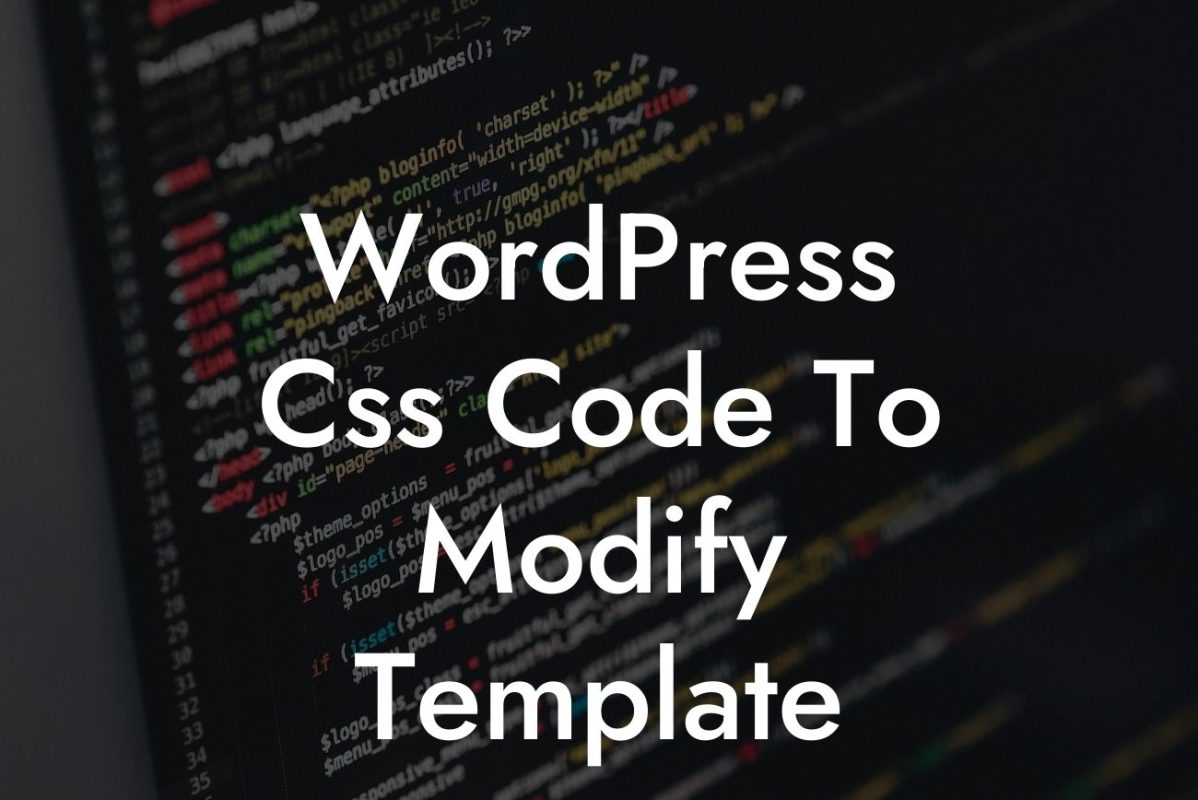Customizing your WordPress website is essential for building a unique online presence that reflects your brand's identity. One of the key elements in personalizing your site's appearance is adding a logo. In this comprehensive guide, we'll explore different methods to customize and add a logo to your WordPress website, ensuring that your brand stands out in the digital world.
Adding a logo to your WordPress website can be done in several ways. Let's uncover three commonly used methods:
1. Using a Theme Customizer:
Most WordPress themes come equipped with a built-in theme customizer that allows you to easily upload and manage your logo. To begin, navigate to the WordPress admin dashboard and go to Appearance > Customize. Look for the 'Site Identity' or similar option within the theme customizer. Here, you can upload your logo by clicking on the 'Select Logo' button. Make sure your logo is in the appropriate format and size for optimal display on your site.
2. Utilizing a Page Builder Plugin:
Looking For a Custom QuickBook Integration?
If your chosen WordPress theme doesn't offer a built-in logo customization option, you can turn to page builder plugins. Popular page builders like Elementor, Divi, or Beaver Builder usually provide complete control over your site's design, including logo placement. Install and activate your preferred page builder plugin, create a new page or edit an existing one, and search for the logo widget or element. Drag and drop the logo widget onto your desired location and upload your logo image. Adjust its size, position, and other styling options to achieve the desired visual impact.
3. Manually Inserting Code:
For those comfortable with coding, manually adding a logo to your WordPress website gives you ultimate control over the customization process. This approach requires modifying your theme's files, so it's crucial to create a child theme to ensure your changes aren't overridden during theme updates. Identify the theme file responsible for the header section, such as header.php, and locate the appropriate place to insert your logo code. You can use HTML or CSS to display your logo and define its appearance. Make sure to save your changes and preview your website to ensure the logo displays correctly.
Wordpress Customize Add Logo Example:
Let's say you're a small business owner running a creative agency. You want to add your agency's logo to your WordPress website to promote brand recognition among your clients. By accessing your theme's theme customizer, you effortlessly upload your high-quality logo image. With a few clicks, your logo seamlessly blends in with your website's design, enhancing your brand image and establishing a cohesive visual identity.
Congratulations! You've successfully customized and added a logo to your WordPress website. By personalizing your site's appearance, you've taken a crucial step towards building a strong online presence for your small business or entrepreneurial venture. Exploring other guides on DamnWoo can further enhance your website's functionality and design, while trying our awesome plugins empowers you to supercharge your success. Don't forget to share this article with others who could benefit from it!


